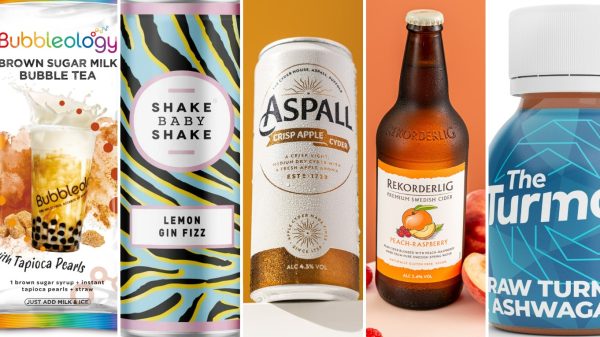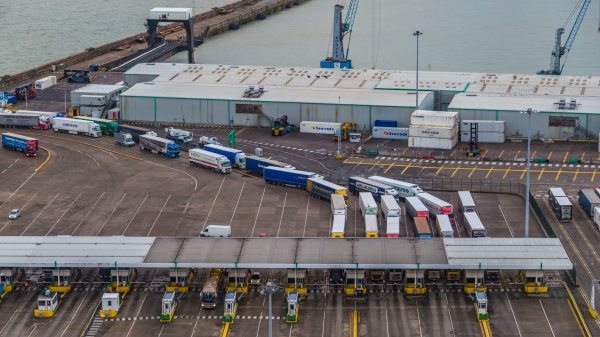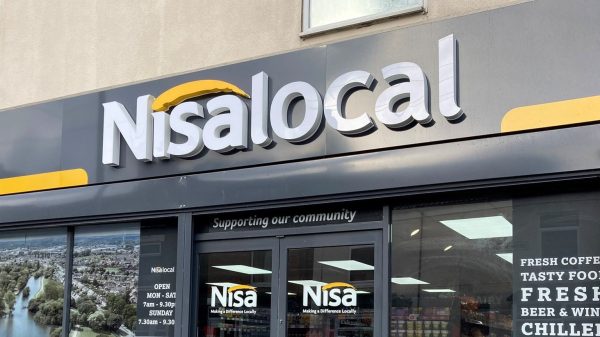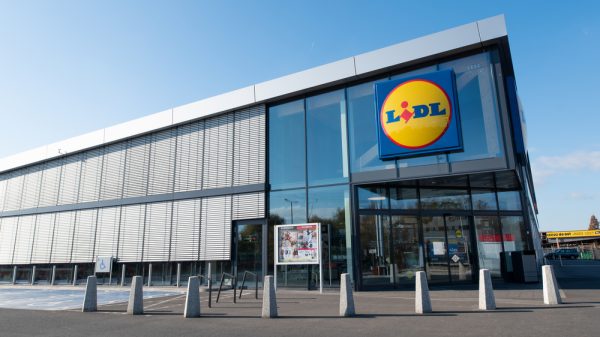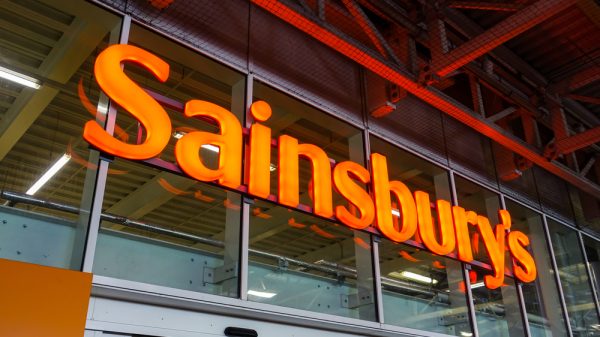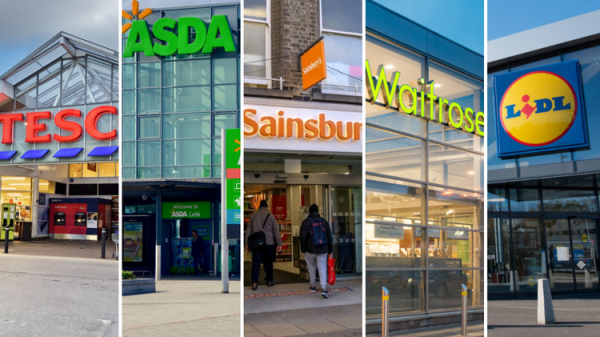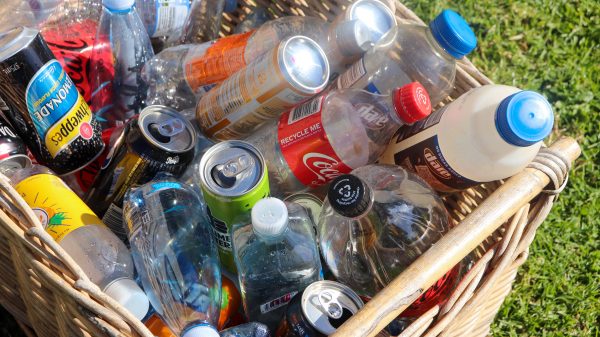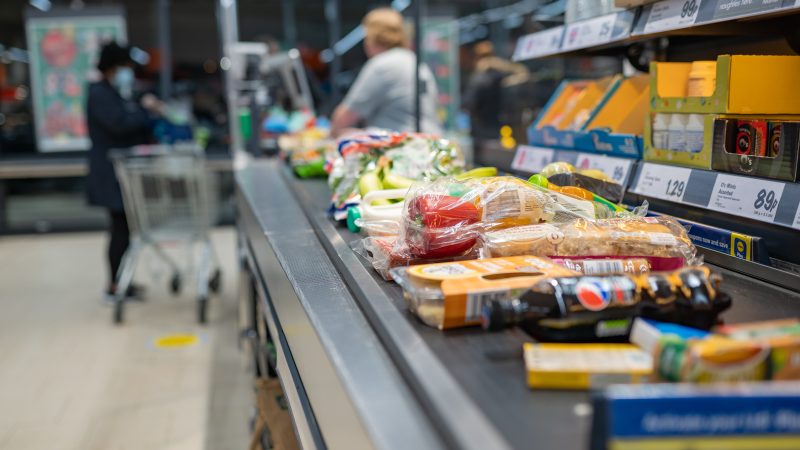Food inflation reached the highest rate in the food category on record in January 2023 to 13.8%, up from 13.3% in December, new data shows.
According to the British Retail Consortium (BRC), fresh food inflation also accelerated to its highest rate at 15.7%, a rise of 0.7% in comparison to the month before.
Inflation across the ambient food category rose at its fastest rate in January to 11.3%, up from 15% in December.
“As retailers still face ongoing headwinds from rising energy bills and labour shortages, prices are yet to peak and will likely remain high in the near term as a result,” BRC chief executive, Helen Dickinson OBE said.
However, she added that “with global food costs coming down from their 2022 high and the cost of oil falling, we expect to see some inflationary pressures easing.”
Subscribe to Grocery Gazette for free
Sign up here to get the latest grocery and food news each morning
Across the categories, Dickinson said that “ambient food inflation accelerated the most as wholesale and bulk prices grew, particularly for sugar and alcohol.
“Fresh food prices also remained high due to increased food production costs as well as elevated wholesale fruit and vegetable prices.”
NielsenIQ head of retailer and business insight, Mike Watkins added: “Consumer demand is likely to be weak in Q1 due to the impact of energy price increases and for many, Christmas spending bills starting to arrive.
“So the increase in food inflation is going to put further pressure on household budgets and it’s unlikely that there will be any improvement in the consumer mind-set around personal finances in the near term.
“With shoppers having less money to spend on discretionary retail having paid for their essential groceries, there will be little to stimulate demand across the non-food channels.”
This news comes as Kantar’s latest data found that grocery price inflation hit a record 16.7% in the four weeks to 22 January 2023, the highest level since it started tracking the figure in 2008.
As a result, consumers have been choosing own-label lines as they look to keep costs down with rising inflation adding as much as £788 to the average annual shopping bill.

